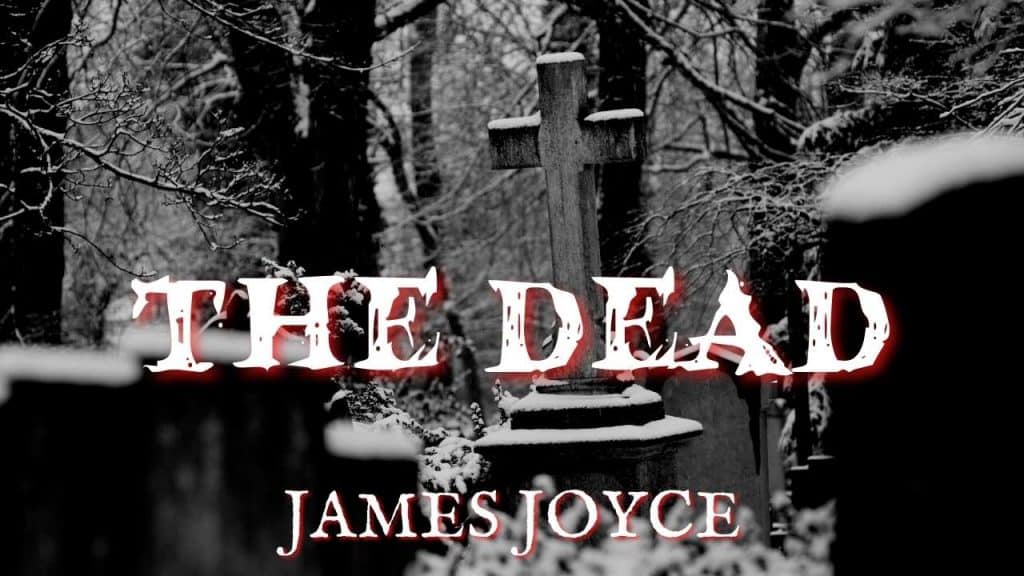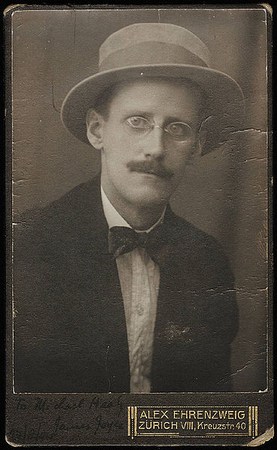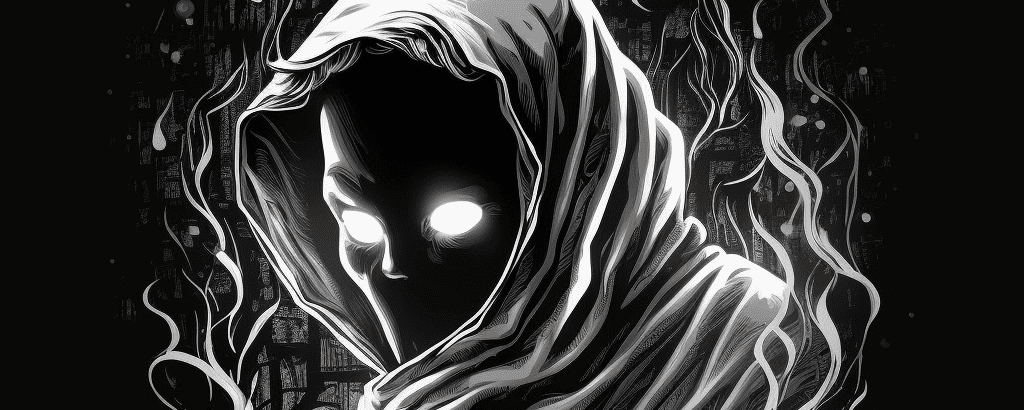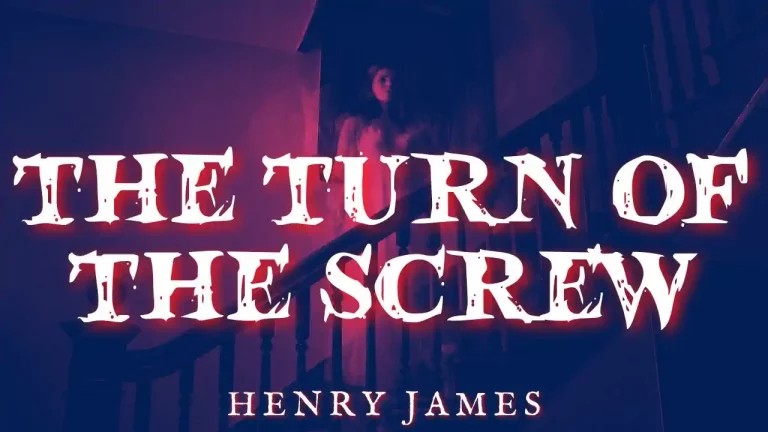The Dead by James Joyce Summary and Analysis

About James Joyce
Joyce was born in 1882 to a middle class family in Rathgar, a suburb of Dublin. He was Catholic by heritage and upbringing and did well academically at the Jesuit run Belvedere College and at University College Dublin.
In 1904, (aged 24), he met Nora Barnacle, a girl from a Galway workhouse Before she met Joyce, she’d had two teenage lovers who by great misfortune both died.
It’s clear from their letters that Joyce and Nora were very much in love and remained together all their lives.
Joyce and Nora left Ireland to go to Europe where he taught English. They lived in Trieste, then in Austria-Hungary. He published Dubliners when he was living in Trieste.
When the First World War began, and Ireland was still then part of the British Empire and thus at war with Austria, he moved to Switzerland in 1915.
The Joyces moved to Paris in 1920 and stayed there until 1940, until their residence was disturbed by another war and he returned to Switzerland where he died in 1941
Even though he lived most of his adult life abroad, nearly all his stories are based on people and places he knew in Dublin.

“For myself, I always write about Dublin, because if I can get to the heart of Dublin, I can get to the heart of all the cities of the world. In the particular is contained the universal.”
— James Joyce
Historical And Literary Context of The Dead
The Dead is the last story in Joyce’s collection Dubliners. Dubliners was published in 1914
James Joyce started writing “The Dead” in 1907, which was a slightly later than the other stories in Dubliners, the collection in which it was finally published in 1914. It is a lot longer than the other stories, and some people think of it as a novella instead of a short story. It has been turned into a play, and in 1987, John Huston made it into a movie.
“Dubliners” is now seen as one of the most important works of modernist literature, but in its first year, only 379 copies were sold (famously, 120 of these were bought by Joyce himself).
Historical Situation in Ireland
Ireland in the early years of the 20th Century was about to throw off British rule and embark of a Civil War. The Dead is in a time where Irish nationalism was a big issue and people living in Ireland were deciding whose side they were on.
Gabriel Conroy on the face of it, seems to have thrown himself in with the British, but in truth, he has just avoided making a difficult choice. He is comfortable with the way things are and doesn’t want to consciously explore them too much.
However, his emotions won’t let him rest in his head-in-the-sand attitude. In his speech he praises specifically Irish qualities of hospitality
Less consciously — and the Modernist Movement swam in the flood of psychoanalysis since the publication of Sigmund Freud’s The Psychopathology of Ordinary Life in 1901 — the ‘soul’ of Ireland troubles Gabriel’s rationalist complacency. The symbol of the Irish-speaking west comes up again and again, Galway and the Aran Islands — the lonely churchyard at Balbriggan where Michael Furey is laid. The final scene where the snow falls generally and particularly all over Ireland, represents the natural order of the world which no rationality can ever defeat.
Gabriel’s complacent mind is with his comfortable life in the second city of the British Empire, as Dublin was at that time, but his soul is in Ireland and it won’t sleep and be forgotten.
Modernist Literary Movement and The Dead
Modernism fostered a period of experimentation in the arts from the late 19th to the mid-20th century, particularly in the years following World War I. Modernism, in the fine arts, a break with the past and the concurrent search for new forms of expression.
James Joyce was one of the most important modernist writers. His novel Ulysses (1922), which tells the story of Leopold Bloom’s life over the course of twenty-four hours, has come to represent the modernist way of writing fiction.
However, Dubliners and its last story, The Dead, is not as experimental as Joyce’s later work. Joyce was clear he wanted to give middle-class Dublin a look in the mirror, so it could see itself warts and all.


Plot Summary of The Dead by James Joyce
The story takes place at some point between New Year’s Day and the Feast of the Epiphany (6 January). Given that it ends with Gabriel obtaining insight into things he hadn’t realised before, “Epiphany” is a good theme for this story.
The Dead takes place at a party thrown by the aunts of the main character, Gabriel Conroy.
After a description of how the party is being set up, Gabriel and his wife Gretta show up. Gabriel talks about how long it takes his wife to get ready in the morning. He then tries to compliment Lily, who works at the house as a servant and is the daughter of the caretaker, but this backfires because of how awkward he is with people. He gives her money to smooth his awkwardness.
Through these and other details Joyce gives about how the hostesses and their guests (especially Gabriel Conroy) interact, we learn about the difficult social, religious, and political issues that Dubliners have to deal with in their lives.
Some of the guests are drunks (Freddy Mallins), some are boors (Mr Browne), some are bores (Mrs Mallins), and some are rude, (the singer D’Arcy) but the aunts dance the dance of polite behaviour, thinking one thing and insisting that fuss is avoided.
These include the tension between conservatism and change, Catholicism and Protestantism, Irish Nationalism and the British status quo at that time.
They talk of the fact that Aunt Julia was kicked out of the choir because of a Papal decision to prefer boys to women, even though Julie has a lovely voice
Conroy is the male figure at the centre of the social event, even though he has awkward social skills. He is his aunts’ favourite nephew, and they give him the responsibility (but also the honour) of carving the goose at the dinner and giving the after-dinner speech, where we learn more about his intellectual snobbery and social awkwardness.
Towards the end of the party, one of the guests sings “The Lass of Aughrim,” a sad love song that reminds Gretta of the boy she loved and who loved her when they were teenagers, long before she married Gabriel.
Gabriel and Gretta leave the party to go back to their hotel. Gabriel realises that he adores and lusts for his wife, but she is not sensitive to his affection or desire, because she is preoccupied with her feelings for Michael Furey.
When they arrived at their hotel room, Gabriel realises that his wife is grieving for a boy who loved her in a way he could not.
He lets her sleep and as he lies beside her, the snow begins to fall and the story ends.
Detailed Analysis of The Dead by James Joyce
Literary Devices
The story begins in the the Third Person Impersonal. It is written as if we are watching a film on a screen. Gabriel has not yet arrived.
When Gabriel arrives, we then dip into the Third Person Limited, where we are allowed access to Gabriel’s thoughts and feelings, but everyone else is seen from the outside.
The First Line
Lily, the caretaker’s daughter, was literally run off her feet.
Is not correct. No one is literally run off their feet, though they may be figuratively run off their feet. Joyce would have known this. He is using this language to introduce us to the informal language of ordinary people.
This is middle-class Dublin as it is, naturalistically (though it isn’t of course really). This is the way people speak in a slip-shod fashion designed to hint to us that we are going to see the world as it is.
Themes of The Dead
The epiphany is another important part of James Joyce’s short stories, as well as the stories of other modernist writers like Anton Chekhov and Katherine Mansfield. This is when a main character in the story has a sudden realisation or insight.
This “aha!” moment often serves the same purpose as a plot twist or “denouement” in a more traditional (i.e., plot-driven) story. For example, at the end of a detective story, the mystery is solved and the criminal is revealed.
But in modernist fiction, and especially in Joyce’s Dubliners, epiphanies are often hard to tell the difference between real enlightenment (the main character has a life-changing realisation) and a temporary shift in mood (the protagonist thinks they have undergone a life-changing experience, but in reality, nothing has changed and they will probably relapse into their old habits the next day).
However, though we cannot know, my money would be that this ability to hold his love for his wife, despite part of her loving a dead boy, represents an evolution and enrichment in Gabriel’s character that he will never lose.
Gabriel realises she will always love Furey, and that Furey loved her in a way that he cannot compete with. This deserves a deeper challenge than Gabriel gives it. She is attached to a ghost of a love from when she was a teenager. It was never tested by time, and Michael Furey might have turned out to be a drunken, impoverished philanderer.
Gabriel may be middle-aged and fat and pompous but Gretta knows he is a good man. He is an affectionate, and capable provider of a good life for her, but she mourns her lost youthful love, and her lost youth, anyway.
W may suspect she is contrasting the thin Romantic Michael Furey from the West of Ireland with chubby and socially stolid Gabriel Conroy and preferring Michael.
In the story, there is no challenge of Gretta’s sentimentalism, Gabriel merely accepts her Romantic attachment to someone else without challenging the financial and social consequences Gretta would have had, if she had chosen the boy from the Gasworks rather than him.
But I suspect Gretta is also developed enough to contain both her loss for Michael Furey and her own youthful romantic ambitions for a story-book love, and her realisation that she has a flawed, but basically good man in her husband.
And Gabriel is decent enough to empathise with his wife for her grief at her loss of dreams and chances, and still adore her.
He also knows he would never have been Michael Furey — he is too conventional and conservative. But he can accept this loss of potential in himself also, even though there is grief for the loss of something he never was.
It is this awareness that takes him outside of his own thoughts and self-absorption and makes him view his wife, and by extension, all of humanity in a new way.
“One by one they were all becoming shades,”
By acknowledging that he and Gretta and his aunts and everyone will die, Gabriel acknowledges and accepts his common humanity with everyone and thus the conflicts over politics and religion and manners and behaviour are reconciled as the snow falls all over Ireland.
Not only that, but he accepts the burden and mission of life — to carry on living with hope and purpose, even though the end is inevitable.
“It was time for him to start his journey to the west,”
This Seems to be a metaphor for his death, and that means a resurrection or rebirth.
The old Gabriel must die, or sleep, so that the new Gabriel can be born, and that he will wake up with a new capacity to see the world as grey, rather than as either black or white.
It might be worth noting that, in psychotherapy, the goal is for us to no longer see the world in black and white and good and bad but to be able to hold the world in all its sweetness and its bitterness, its loss and its gains, its grief and its pleasure
Symbols
The main symbol in The Dead is that of snow as representing, winter and death and the possibility of rebirth after a thaw.
Snow is said to be falling everywhere in Ireland. This shows that everyone dies and also brings the living and the dead together.
Those dead, like Michael Furey, still have a presence in the world through their effect on the living. So, the living and the dead are not that different, and the snow is a reminder that everyone will die the same way, and be joined in that way.

Conclusion
The Dead is a masterpiece. It is detailed, and generous and humane.
Joyce depicts people as they really are with their foibles and self-blindness, but also their kindness.
Brown the Boor and Mallins the Drunk take great care over empty-headed Mrs Mallins.
Gretta loves her pompous, stolid, chubby husband
Gabriel adores his emotionally unfaithful wife
He is fond of his fussy, bourgeois aunts, despite their obsession with manners and how things look.
T. S. Eliot said that “The Dead” was one of the greatest short stories ever written.
Richard Ellmann, a Joyce biographer and critic, said that “The Dead” is one of Joyce’s most important works because it accepts all that life and death have to offer in a lyrical and melancholy way.
On the 100th anniversary of Dubliners, Dan Barry of The New York Times called “The Dead” “almost certainly the best short story ever written in English.”
It could even be argued without too much of a stretch, that the humanity of The Dead points out a way for us all to live better in the world. If we can forgive each other and ourselves and still love, if we can accept our death but persevere with work and love and purpose, that’s surely got to be the solution to life.
As another famous author said in his Christmas story:
“God bless us, every one!”


